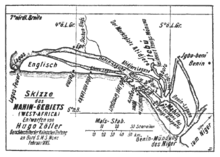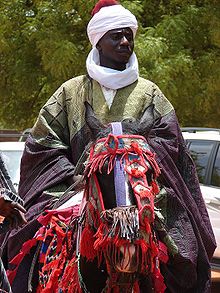The history of Togo can be traced to archaeological finds which indicate that ancient local tribes were able to produce pottery and process tin. During the period from the 11th century to the 16th century, the Ewé, the Mina, the Gun, and various other tribes entered the region. Most of them settled in coastal areas. The Portuguese arrived in the late 15th century, followed by other European powers. Until the 19th century, the coastal region was a major slave trade centre, earning Togo and the surrounding region the name "The Slave Coast".

Gnassingbé Eyadéma was a Togolese military officer and politician who was the president of Togo from 1967 until his death in 2005, after which he was immediately succeeded by his son, Faure Gnassingbé.

Faure Essozimna Gnassingbé Eyadéma is a Togolese politician who has been the president of Togo since 2005. Before assuming the presidency, he was appointed by his father, President Gnassingbé Eyadéma, as Minister of Equipment, Mines, Posts, and Telecommunications, serving from 2003 to 2005.

Édouard Kodjovi "Edem" Kodjo, was a Togolese politician and diplomat. He was Secretary-General of the Organisation of African Unity from 1978 to 1983; later, in Togo, he was a prominent opposition leader after the introduction of multi-party politics. He served as Prime Minister from 1994 to 1996 and again from 2005 to 2006. Kodjo was President of the Patriotic Pan-African Convergence (CPP). Kodjo died on April 11, 2020, in Paris.
Fambaré Ouattara Natchaba was a Togolese politician. He was the President of the National Assembly of Togo from September 2000 to February 2005. He was a prominent member of the ruling Rally of the Togolese People (RPT) and a member of the Pan-African Parliament representing Togo.
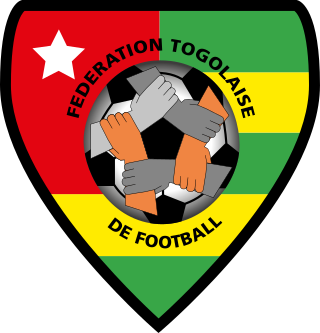
The Togolese Football Federation or FTF is the governing body of football in Togo. In 2006, the Togo national football team participated for first time in the 2006 World Cup in Germany.
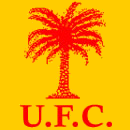
The Union of Forces for Change is an opposition political party in Togo. The President of the UFC was Gilchrist Olympio and its Secretary-General was Jean-Pierre Fabre until 10 August 2010. Olympio is the son of the first President of Togo, Sylvanus Olympio, who was assassinated in a 1963 coup. On 10 August 2010, Jean-Pierre Fabre was elected as President of the party.

Kara is a city in northern Togo, situated in Kara Region, 413 km north of the capital Lomé. Kara is the capital of the Kara region and, according to the 2010 census, had a population of 94,878. The Kara River flows through the city and is its main resource of water. The city developed from the 1970s onwards from the village originally known as Lama-Kara. Its growth was largely due to the influence of the previous Togolese head of state Gnassingbé Eyadéma; he was born in the nearby village of Pya and understood Kara's strategic position at a crossroads of two trade routes.

Parliamentary elections were held in Togo on October 14, 2007 for the 81 seats in the National Assembly. There were over 2,000 candidates, with 32 parties and 41 lists of independent candidates competing. The ruling Rally of the Togolese People (RPT) was victorious, winning a majority of 50 seats. The remaining seats were won by opposition parties; the Union of the Forces of Change (UFC) won 27 seats and the Action Committee for Renewal (CAR) won four seats. They were the first parliamentary elections since the beginning of multiparty politics in the early 1990s in which all major parties participated.
Dama Dramani is a Togolese politician who was the President of the National Assembly of Togo from 2013 to 2018. He was Secretary-General of the Rally of the Togolese People (RPT), the ruling party, from 2003 to 2006, and following the 2007 parliamentary election he was President of the RPT Parliamentary Group in the National Assembly.

On 24 January 1974, a Togo Air Force Douglas C-47 Skytrain carrying several notable political figures crashed at an isolated location near the village of Sarakawa in northern Togo. Gnassingbé Eyadéma, the President of Togo, was on board the aircraft, which was flying from Lomé to his native village, Pya. As the C-47 descended for landing, it crashed near Sarakawa. Eyadéma survived, but his French pilot and all three other passengers died.
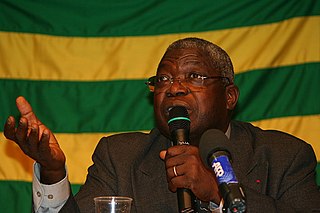
Kofi Martin Yamgnane is a French-Togolese politician and engineer.

The Union of Chiefs and Peoples of the North was a political party in Togo.

The 2017–18 Togolese protests were a significant representation of civil unrest in Togo and against the 50 year rule of the father-son combination of Gnassingbé Eyadéma and Faure Gnassingbé. The protesters demanded that the president honour the 1992 constitution, and demanding that he step down immediately. Gnassingbé offered the protesters the option of enacting the two-term limit set in the constitution effective from 2018, thus ensuring that he could stay in power until 2030. This has been rejected by the opposition. However, on 8 May 2019 the Togolese Parliament voted unanimously to accept this amendment and imposed this non-retroactive term limit on the president's office.
Yves-Emmanuel Dogbé was a Togolese writer, philosopher, sociologist, and educator.
Angèle Aguigah is a Togolese archaeologist and politician. She was the first female archaeologist from Togo, and in 2017 she was given the honor of “Human Living Treasure of Togo“.
Pya-Hodo Massacre in Togo refers to a massacre that took place on June 21, 1957. On that day, a UN delegation visited the country, in Pya-Hodo. The population took advantage of the visit of the United Nations mission, led by Charles T. O. King, Permanent Representative of Liberia to the United Nations, to express its frustration with the French colonial administration in Togo which was imposed on the country.
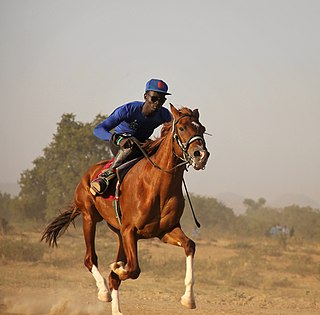
The history of horses in Cameroon is linked above all to the traditional presence of this animal in the northern regions of the country, around Lake Chad from the 16th century, then in Adamawa, as well as in the Garoua and Maroua regions. Traditional equestrian practices in Cameroon, such as horse parades and horse dances, have more recently been joined by equestrian activities, under the influence of Western expatriates and investors, notably in Yaoundé since the 1990s. The main use of horses in Cameroon is in agriculture and transport fields.
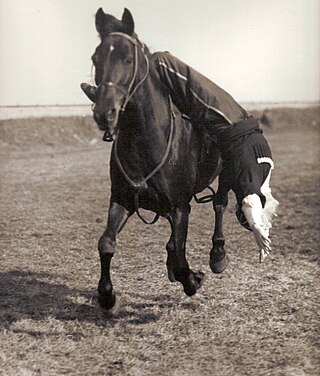
The presence of horses in Russia is attested by prehistoric fossils and has been constant throughout its history, particularly during the Soviet era, thanks to the integration of territories with a strong equestrian tradition. Trick riding stems from the military traditions developed by the Russian Cossacks. Russian equestrian culture is characterized by the exclusive use of the "duga" yoke, known in particular through the troika.

The Amourski, also known as Amur horse or Manchurian pony, is an extinct breed of small Siberian and Manchurian horses. Formed in the early 19th century, it originated from the area around the Amur River in northeast Asia, in Russia and China. These small horses, more refined than other Siberian breeds, were usually ridden or driven, and were known for their hardiness.

